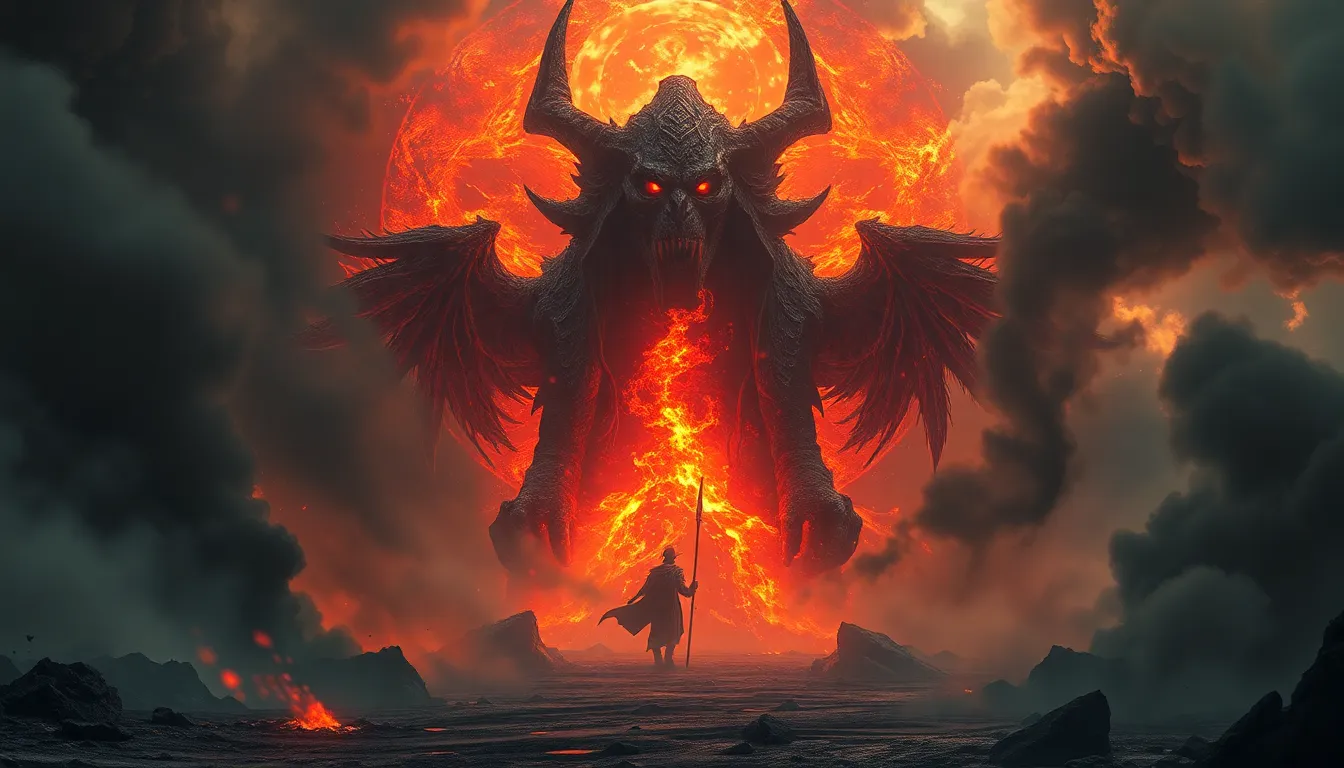Baltic Mythology: An Introduction
Baltic mythology, a rich tapestry of ancient beliefs and stories, offers a fascinating glimpse into the spiritual world of the Baltic people. This ancient system of beliefs, encompassing the cultures of Latvia, Lithuania, and parts of Estonia, has been passed down through generations, shaping their understanding of the world, the natural forces around them, and their place within the cosmos. Unlike the well-known Greek or Norse mythologies, Baltic myths remain relatively unknown, yet they hold a unique charm and depth. The stories explore the interplay between gods, goddesses, humans, and the natural world, with animals playing a crucial role in shaping these narratives.
Sacred Animals in Baltic Mythology: A Key Element
Animals hold a significant place in Baltic mythology, serving as more than just creatures of the wild. They are imbued with spiritual significance, representing concepts like power, wisdom, and the forces of nature. These sacred animals often act as intermediaries between the human world and the divine realm, serving as messengers, protectors, and even embodiments of gods and goddesses. Understanding their roles is key to unraveling the complexities of Baltic mythology.
The Role of the Bear: Guardian of the Forest and Symbol of Strength
In Baltic mythology, the bear (lācis in Latvian, lokys in Lithuanian) is a symbol of strength, power, and the wild. Often seen as a guardian of the forest, the bear holds a sacred connection to nature and the cycle of life and death. It is associated with the god of the hunt, Medvedis (Lithuanian for "bear"), who is believed to rule over the forest and its inhabitants. Stories often portray the bear as a wise creature, possessing a deep understanding of the natural world and its secrets. It is believed that the bear's spirit can inhabit humans, granting them exceptional strength and knowledge.
The Wolf: A Fearsome Predator and Embodiment of Wilderness
The wolf (vilks in Latvian, vilkas in Lithuanian) is a creature both admired and feared in Baltic mythology. As a fierce predator, the wolf embodies the untamed wilderness and the raw power of nature. It symbolizes freedom, independence, and the ability to survive against all odds. In some stories, the wolf is associated with the god of death, Velnias (Lithuanian for "devil" or "demon"), who is also linked to the underworld and the cycle of rebirth. The wolf's connection to death and the afterlife makes it a significant figure in funeral rituals and beliefs.
The Elk: A Symbol of Power, Fertility, and the Hunt
The elk (alnis in Latvian, briedis in Lithuanian) is a majestic creature that holds a prominent place in Baltic mythology. It is often associated with power, strength, and fertility, embodying the abundance of the forest and its vital role in sustaining life. The elk is a coveted prey in hunting stories, and its antlers are revered for their magical properties. In some tales, the elk is linked to the god of the hunt, representing the balance between hunting and respect for the natural world.
The Bird: Messengers, Oracles, and Guardians of the Skies
Birds (putns in Latvian, paukštis in Lithuanian) play a significant role in Baltic mythology, representing messages from the divine, oracles, and guardians of the skies. Their ability to fly freely, soaring above the earthly realm, connects them to the heavens and the gods. In many tales, birds act as messengers between humans and deities, carrying messages of warning, prophecy, or divine guidance. Some species, like the cuckoo (dūda in Latvian, gegutė in Lithuanian), are associated with specific gods and goddesses, representing their attributes and powers. For example, the cuckoo is linked to the goddess of fertility and childbirth, Laima, highlighting its connection to life, renewal, and the cycle of nature. Birds also appear in rituals and divination practices, where their behavior or songs are interpreted as signs and omens. These practices reflect the Balts' deep understanding of nature's interconnectedness and their belief in the power of signs and symbols.
The Horse: A Powerful Symbol of Freedom and the Divine
The horse (zirgs in Latvian, arklys in Lithuanian) is a powerful symbol in Baltic mythology, representing freedom, strength, and the divine. Its swiftness and grace link it to the sun's movement across the sky, embodying the forces of nature and the cycle of life and death. Horses are often associated with gods and goddesses who embody power and nobility. For instance, the god of thunder, Perkūnas, sometimes appears riding a white horse, signifying his power over the storms and his connection to the heavens. In stories, horses are often depicted as companions to heroes and warriors, embodying their bravery and serving as powerful steeds in battle. Their association with the divine and their role in rituals and practices highlight their importance in Baltic culture.
The Serpent: A Symbol of Wisdom, Transformation, and the Underworld
The serpent (čūska in Latvian, gyvatė in Lithuanian) is a complex and multifaceted symbol in Baltic mythology, representing both wisdom and danger. Its association with the earth, its ability to shed its skin, and its connection to the underworld makes it a symbol of transformation, rebirth, and the cycle of life and death. Serpents are often depicted as guardians of hidden knowledge, embodying wisdom and ancient secrets. In some tales, serpents are linked to the underworld and the god of death, Velnias, representing the dangers and mysteries of the afterlife. Their cunning and powerful nature makes them significant figures in folklore, reflecting the Balts' respect for the natural world and their understanding of its hidden forces.
The Role of Animals in Mythological Rituals and Practices
Animals played a crucial role in various Baltic rituals and practices, reflecting their deep spiritual significance. The bear, for example, was often associated with hunting rituals and beliefs. Hunters paid homage to the bear spirit before and after hunting expeditions, seeking its blessing and avoiding its wrath. Animal sacrifices were also practiced, offering animals to the gods to appease them or gain their favor. The choice of animal depended on the god being honored and the purpose of the sacrifice. In addition, animals were incorporated into various divination practices, their behavior or appearance interpreted as signs from the gods. These rituals highlight the interconnectedness between the natural world and the spiritual realm, showing the Balts' profound respect for the animal kingdom and their belief in the power of these creatures.
Theories on the Origins and Significance of Sacred Animals in Baltic Mythology
There are various theories about the origins and significance of sacred animals in Baltic mythology. One theory suggests that animals represent the forces of nature and the natural world, embodying its power and mystery. This view emphasizes the Balts' close connection to the environment and their appreciation for its diversity. Another theory suggests that animals served as intermediaries between the human and divine realms, acting as messengers or representations of gods and goddesses. This theory highlights the Balts' belief in the interconnectedness of different realms and the importance of honoring the animal kingdom. Regardless of the specific theories, sacred animals remain a vital part of Baltic mythology, reflecting the Balts' understanding of the world and their deep respect for the natural world.
FAQ
- What are some examples of sacred animals in Baltic mythology? The bear, wolf, elk, bird, horse, and serpent are some of the most prominent sacred animals in Baltic mythology.
- What is the significance of the bear in Baltic mythology? The bear is associated with strength, power, and the wild. It is often seen as a guardian of the forest, linked to the god of the hunt and the cycle of life and death.
- What is the role of birds in Baltic mythology? Birds are often seen as messengers, oracles, and guardians of the skies, connecting the human realm to the divine. They carry messages from the gods and play a role in various divination practices.
- How do animals play a role in Baltic rituals and practices? Animals are incorporated into various rituals, such as hunting practices, animal sacrifices, and divination practices, reflecting their spiritual significance and the Balts' deep connection to the natural world.
- What are some theories about the origins and significance of sacred animals in Baltic mythology? Theories suggest that animals represent the forces of nature, act as intermediaries between the human and divine realms, or embody the wisdom and mysteries of the natural world.



